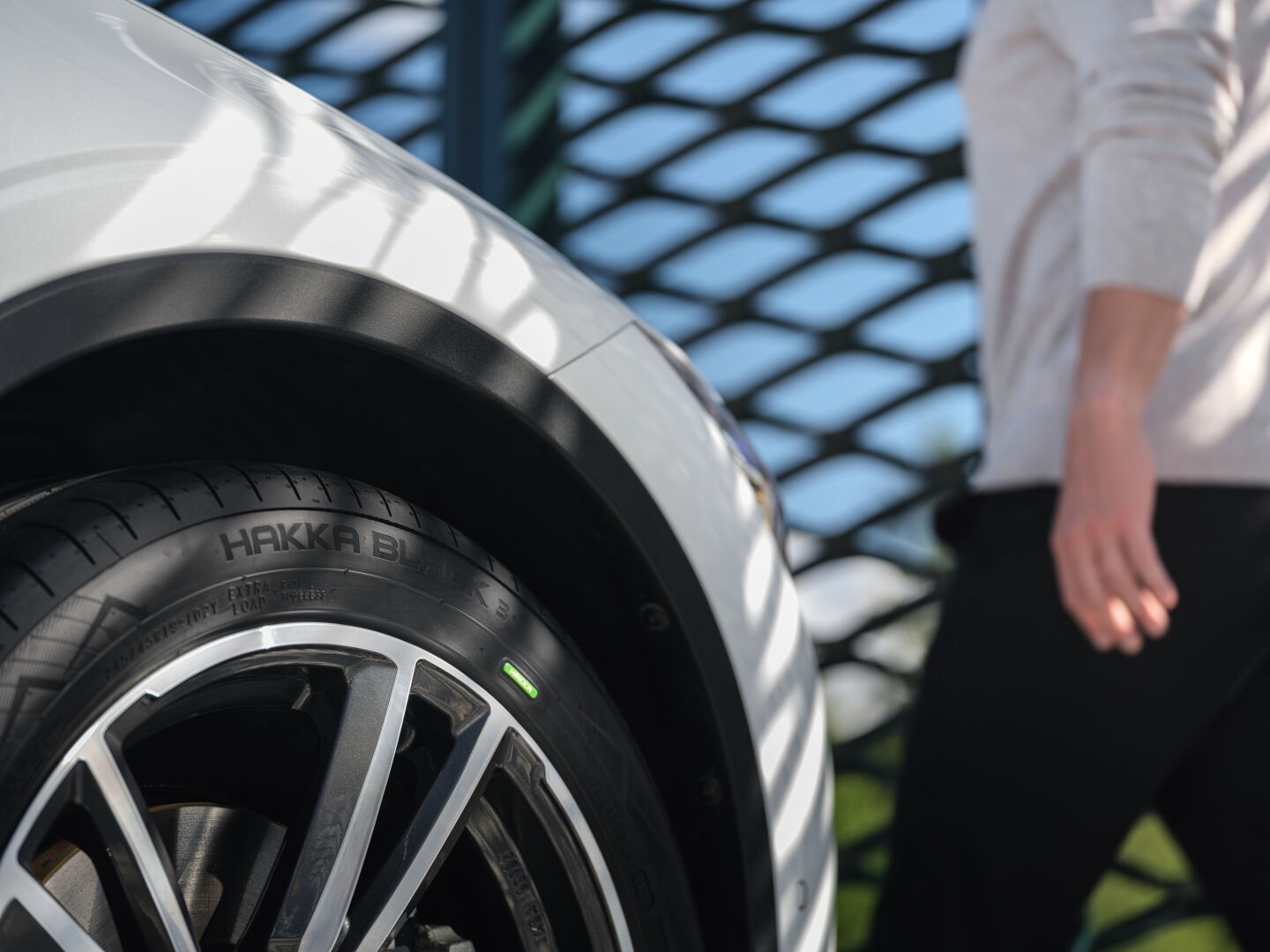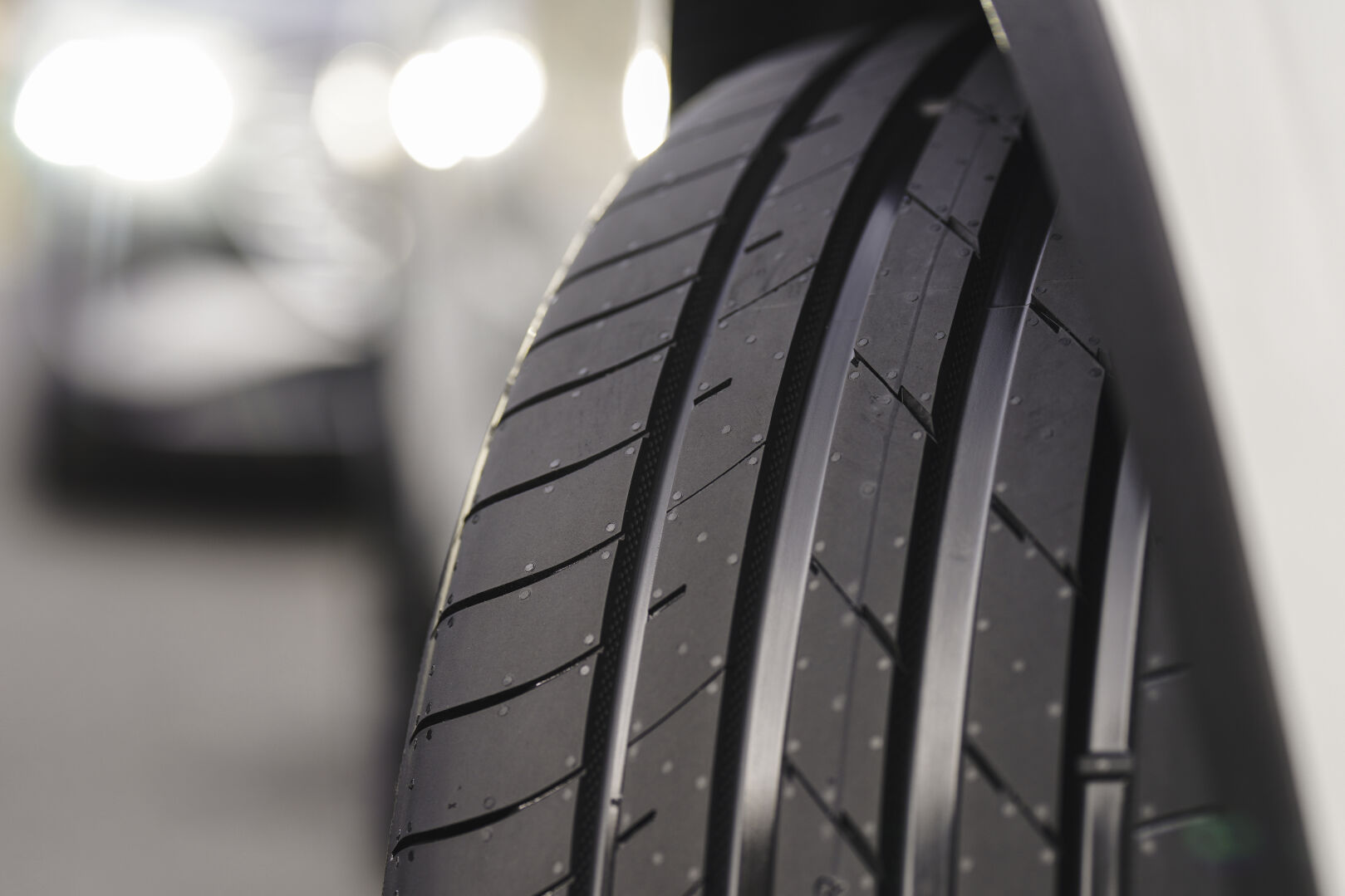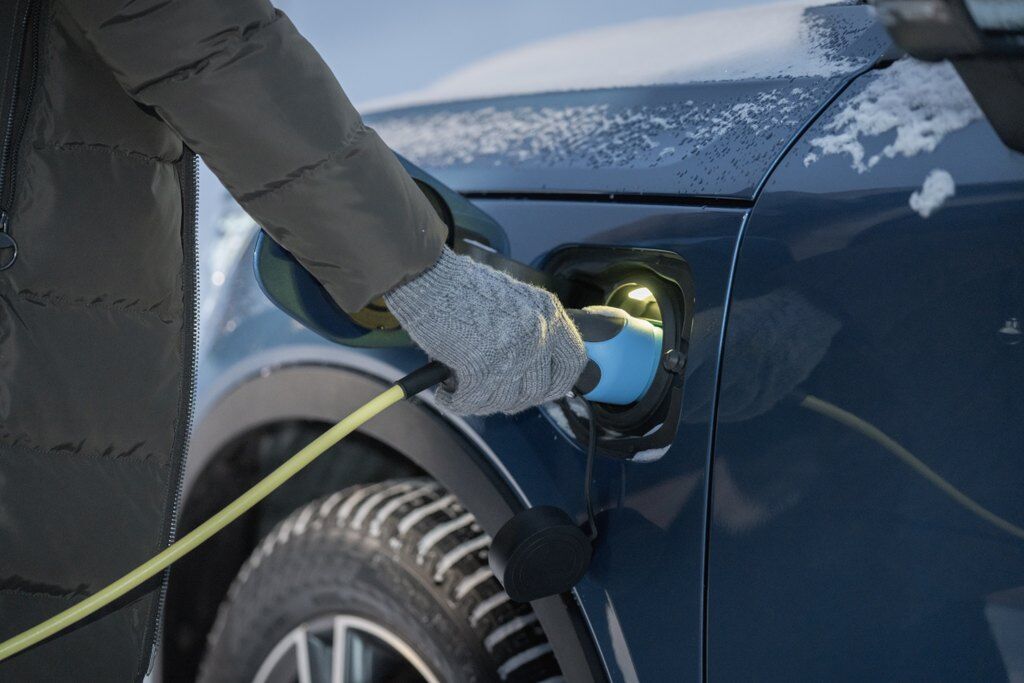By 2035 we may have tires that automatically adapt to changing driving conditions

Nokian Tyres innovates continuously to meet the needs of the drivers and driving conditions, and all parts of the tire, the tread pattern, rubber compounds and tire structure, are under continuous development. In the core of product development work are safety and sustainability.
"Tire safety is always our top priority, but another important goal is to minimize the use of fossil raw materials in our tires. By 2030, up to half of the raw materials we use will be either renewable or recycled," says Teemu Soini, Vice President, Innovation and Development at Nokian Tyres.
The most recent example of Nokian Tyres' R&D work in the field of renewable raw materials is the Nokian Tyres Green Step Ligna concept tire, in which rubber is reinforced by a completely new filler, wood-based lignin material. Lignin is a promising, completely renewable alternative to the carbon black traditionally used in tires. Carbon black and other fillers make up about a third of the tire.
Smart technology guides the development of future tires
One innovation that has already partly been put into practice in the tire industry is the so-called smart tire, in which sensors integrated inside the tires communicate with the vehicle's software online. For example, Nokian Tyres IntuituTM technology already used in tractor tires monitors tire pressure and temperature by transmitting information via sensors built into the mobile application and Bluetooth connection. This provides up-to-date data on the fleet, which makes tractor work safer, more efficient and more economical.
"Just five years ago, smart tire technology was not mature. Now, however, we have sufficiently durable and compact electronics with such low power consumption that it can work throughout the tire’s life cycle," Soini describes.
Another of Nokian Tyres' new research areas is the adaptability of tires to driving conditions. For example, if the groove capacity on the tread of a tire could be adapted to changing conditions, there could be fewer compromises in tire design. This line of research could be reflected in consumer products as early as ten years from now.
"Adjusting capacity of the grooves would significantly improve the tire’s handling characteristics. I believe that by 2035, Nokian Tyres will have a tire on the market that can react to changes in driving conditions," Soini predicts.

In the future the groove capacity on the tread of a tire could adapt to changing conditions
Airless tire is possible, but not unproblematic
"Of the individual characteristics, the tread structure of a tire has the greatest impact on its performance. Today, tires are required to have a longer lifespan and lower rolling resistance. At the same time, however, the grip properties must be the best possible," Soini says.
Although tires are constantly evolving, they will continue to be black, round and mainly filled with air.
"There are still many technical challenges for tire manufacturers to solve before an airless tire is usable. For example, an airless tire needs to be made to withstand high speeds and the heat it generates. In passenger cars, airless tires are unlikely to be seen very soon, but they could be well suited for slow vehicles, such as forklifts and excavators," Soini says.


